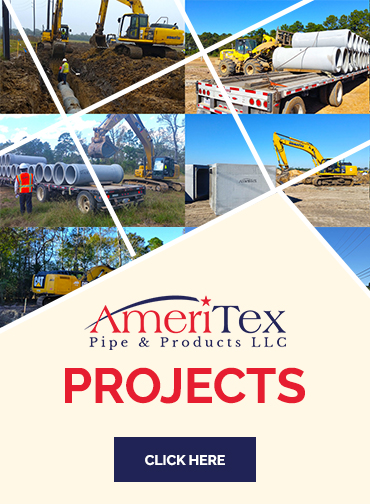How to Calculate Flowable Fill
Posted on June 21, 2022
Knowing how to calculate flowable fill is helpful during the planning phase of a job. In fact, flowable fill techniques can save your excavating crews time on a project when used properly.
Utilizing flowable fill on a concrete pipe project reduces labor and machinery you would need to tamp and compact traditional granular fill. With the cost of materials rising, you’ll need bids for projects to remain competitive with as much cost savings as possible. Flow fill calculations can assist with pre-construction.
What Is Flowable Fill?
Flowable fill represents an economical alternative to granular fill that is similar to concrete but has less compressive strength. As the name implies, crews can distribute flowable fill in a similar fashion to concrete using ready-mix trucks.
Also called controlled low strength material (CLSM), the compressive strength of flowable fill usually measures less than 1200 psi. Standard applications of CLSM have a compressive strength of less than 300 psi, making concrete volume calculations easier to manage.
Flowable fill is usually made of water, cement, fine aggregate (sand), and fly ash or slag. Because these materials are generally lower in quality, construction companies should never consider using flowable fill as concrete.
What Is Flowable Fill Used For?
Excavators typically use flowable fill as backfill to fill gaps or trenches. Unlike concrete, flowable fill does not require curing or a particular set time. However, excavators and crews should protect flowable fill from subfreezing temperatures until it fully hardens.
Consider using a flowable fill calculator for these types of projects:
- Utility trenches: Pour flowable fill as backfill or bedding for concrete drainage pipes or culverts.
- Paving subbase: Because flowable fill self-levels, road crews can pour it over the granular road base when constructing new roads.
- Bridge abutment: Flowable fill supports the transition from a bridge’s superstructure to ground fill. It offers a better alternative than granular fill or full-strength concrete for bridge construction if the weight parameters call for it.
- Retaining wall backfill: It supports retaining walls to hold back the earth and dirt behind them to add strength to a project.
How to Calculate Flowable Fill
Calculate flowable fill as you would for filling a trench or space with concrete. Measure the length of the entire space. Then measure the width and depth/height at several points along the trench or space you need to fill. Get an average of the width and depth because each measurement won’t be the same along various points of the project.
Multiply these measurements together to get the cubic feet of the project. Then convert to cubic yards by dividing the calculation by 27.
The final step — and this is vitally important — is to subtract the figure from the volume of pipe you’ve installed in the ground if you’re backfilling around a pipe.
For example, the trench has an average width of 8 feet, an average depth of 6 feet, and it’s 500 feet long. You get 24,000 cubic feet, or 889 cubic yards. Subtract the volume of your 4-foot pipe along the entire length of the trench at 6283 cubic feet (233 cubic yards) for a flowable fill calculation of 656 cubic yards.
What to Keep in Mind When Calculating Flowable Fill
Calculating flowable fill isn’t an exact science, and absolute precision isn’t necessary. Remember a few things when calculating flowable fill:
- Rigid pipes bear most of the load: By design, precast concrete pipes bear much of the load in trenches needing flowable fill.
- Soil conditions must be right: If in situ soil conditions are poor, you may need to dig a wider trench when using flowable fill.
- Flowable fill must not vibrate: The rigidity of your flowable fill is important because it can’t vibrate the structures you just put in place.
- Test flowable fill mixtures first: Depending on the project, test flowable fill mixtures from your ready-mix company before starting a project. Keep accurate data from these tests so you can quickly order the right mixture type of flowable fill later.
Ready to Jumpstart Your Excavation Project? Talk to AmeriTex Pipe & Products
Need advice on backfill for your excavation or pipe project? Talk to AmeriTex Pipe & Products.
Here are some resources to get you started:


